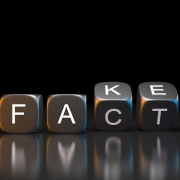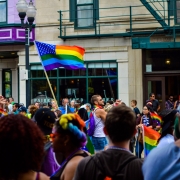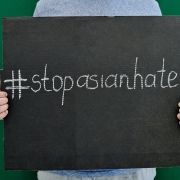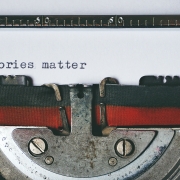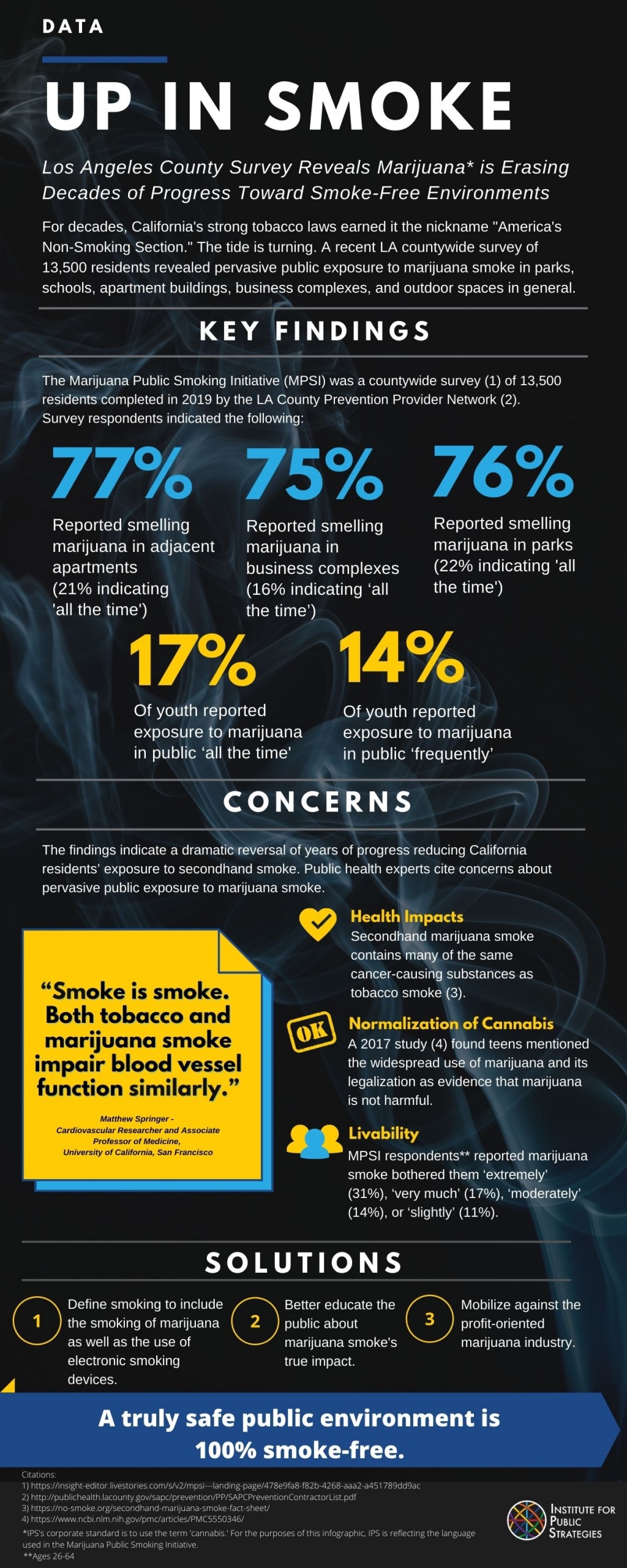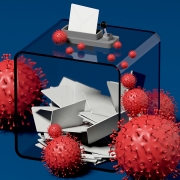Misinformation About COVID-19 is a Crime that Should Have Consequences
As seen on the San Diego Union-Tribune.
Some people’s staunch allegiance to misinformation about COVID-19 was sadly unmistakable at a San Diego County Board of Supervisors meeting on Aug. 31 when the board declared health misinformation a public health crisis. Despite opposition from close to 200 people and hostility from some of speakers at a 15-hour meeting, the board became the first in the nation to take such a stand.
Unfortunately, the rancor the supervisors witnessed was hardly unique. False narratives have been creating havoc at public meetings throughout the country. The rejection of science is being confused with patriotism. Violence and hate speech are being cloaked in the American flag. And climate change is being questioned still.
U.S. Surgeon General Vivek Murthy has warned that people are dying because of misleading or inaccurate information about the efficacy of vaccines, which have proven to be highly effective. Most people believe the science, but many, being misguided or uncertain, still resist being vaccinated, enabling more contagious variants of the virus to proliferate.
Consisting of false narratives, conspiracy theories, distortions, and outright lies, misinformation is created by special interest groups for political and/or financial gain. Then it is spread through the mass media without any regard for the consequences.
Such false narratives present a threat to more than public health. They can also be linked to the record levels of violence that are currently plaguing the United States. The murder rate increased around 29 percent from 2019 to 2020 — the largest one-year spike in murder since national record-keeping began in 1960 — so even though overall crime decreased last year, 2020 was the most violent year in the 21st century. There were around 21,500 murders in 2020.
In that same span, there were 7,759 hate crimes reported in the U.S., the most in 12 years, targeting communities of color, the LGBTQ community and various ethnic groups, among others. Evidence shows these events are driven by hate speech, a type of false narrative that has been increasing throughout the world, in online forums and even political discourse. The fallacy behind hate speech is that a certain group poses a threat, which generates fear that the threats are real and will somehow impact them.
Some question the willingness of people to believe such obvious propaganda. But history shows that when ideas are repeated often enough, people’s tendency to believe them increases. That is especially true when they come from a source that seems credible, like a person of authority or an evening news broadcast. Even ideas that seem bizarre can be accepted as truth if they are spread widely throughout the population. This principle was used by Nazi propagandists during World War II to spread the idea that Jewish people were evil blights on society and deserved to be eliminated.
False narratives also play a role in events related to climate change, including the drought, ravenous wildfires, and massive floods that are causing widespread death and destruction worldwide. In this case, the false narrative is denial. The science is well-established, and the counterarguments are complete without merit, reminiscent of when the tobacco industry tried to convince us that smoking doesn’t cause cancer. Nonetheless, people who reject mainstream climate science persist, accusing reputable scientists of having hidden agendas and nefarious motives.
Some suggest that social media platforms such as Facebook should do a better job of filtering out phony stories. While this is probably a good first step, more attention should be paid to the role played by the mainstream news media in the distribution of misinformation.
Such media outlets are relied upon to give people the facts they need to make crucial decisions about their health, safety and welfare. But many of them, some trusted by tens of millions of people, have clearly been responsible for perpetuating false narratives on a regular basis. Driven by financial gain, their entire business model seems to be focused on building their audiences by creating fake news stories, ones that are simply based on whatever conspiracy theories are popular on a given day.
The Fox News Channel has, by far, the broadest reach and the most misplaced trust, specifically with its shows “Tucker Carlson Tonight,” “Hannity” and “The Ingraham Angle.” Other problematic broadcast media outlets include One America News Network and Newsmax TV, but neither of them have the widespread and mainstream influence that Fox News has.
Perhaps most important of all, people need to be well-informed for our democracy to function.
The news media has always been protected by the doctrine of freedom of the press. But when a particular outlet spreads lies that work against the public interest, it should lose that protection.
In such cases, we should hold such outlets accountable by enacting truth in news reporting laws, which could be modeled after the truth in advertising laws we have now.
Most mainstream media outlets are responsible, but if a rogue operator continuously and intentionally violates its public trust, it should have its broadcast license suspended. It’s as simple as that.
Author:
Brenda Simmons
Brenda Simmons is CEO/President of the Institute for Public Strategies, a Southern California-based nonprofit that works alongside communities to build power, challenge systems of inequity, protect health and improve quality of life.

